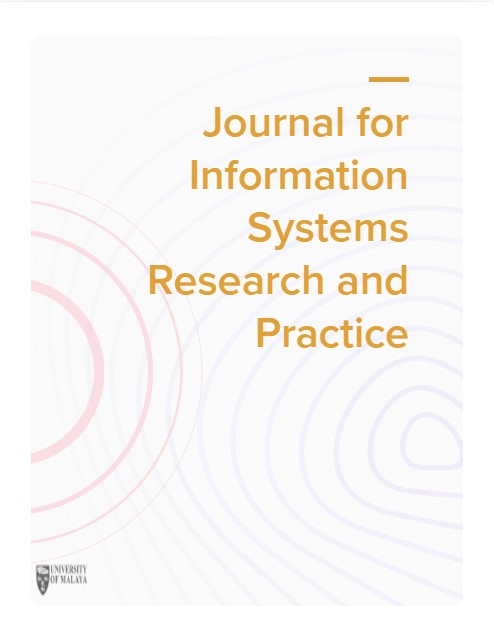Data Science Approach in Predicting Food Prices in Least Developed Countries
Keywords:
Prediction; Data science; CRISP-DM; Food Prices; Developed Countries.Abstract
Food insecurity is alarmingly on the rise. The underlying drivers behind this rise, are climate change, conflicts, and economic factors. Earlier findings conclude that climate change has impacted the global food ecosystem. Least developed countries are largely dependent on the patterns of weather and have a rainfed agricultural system in place, putting them at the forefront of the consequences of climate change on food sustainability. Previous research was either (a) limited to a subset of or one-off country of these countries, or (b) looked at developed and industrial countries. With data from the World Bank and the World Food Programme [WFP] on climate change and food price, this research aims to shed light on the relationship between climate change and food prices between 1960 to 2020 in least developed countries and build a machine learning model to predict food prices given climate change data. This research uses a data science research methodology of CRISP-DM. The outcomes from the research are intended to be used by policymakers to understand, mitigate and foresee the risks on food security poised by climate change, and to aid in the United Nation’s SDG to eradicate poverty in 2030.
Downloads
Published
How to Cite
Issue
Section
License
Copyright (c) 2024 Journal of Information Systems Research and Practice

This work is licensed under a Creative Commons Attribution-ShareAlike 4.0 International License.





